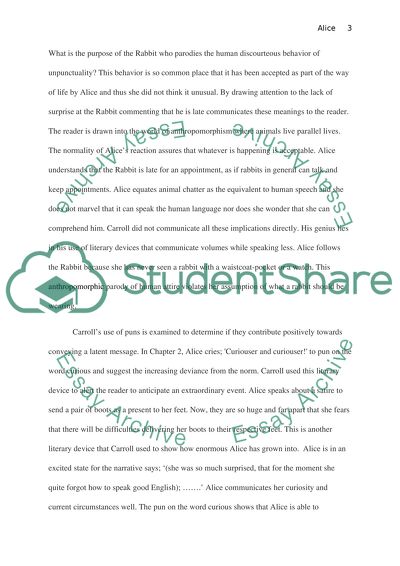Cite this document
(Alice in Wonderland and Literary Devices for Latent Communication Essay, n.d.)
Alice in Wonderland and Literary Devices for Latent Communication Essay. Retrieved from https://studentshare.org/literature/1521259-alice-in-wonderland
Alice in Wonderland and Literary Devices for Latent Communication Essay. Retrieved from https://studentshare.org/literature/1521259-alice-in-wonderland
(Alice in Wonderland and Literary Devices for Latent Communication Essay)
Alice in Wonderland and Literary Devices for Latent Communication Essay. https://studentshare.org/literature/1521259-alice-in-wonderland.
Alice in Wonderland and Literary Devices for Latent Communication Essay. https://studentshare.org/literature/1521259-alice-in-wonderland.
“Alice in Wonderland and Literary Devices for Latent Communication Essay”, n.d. https://studentshare.org/literature/1521259-alice-in-wonderland.


